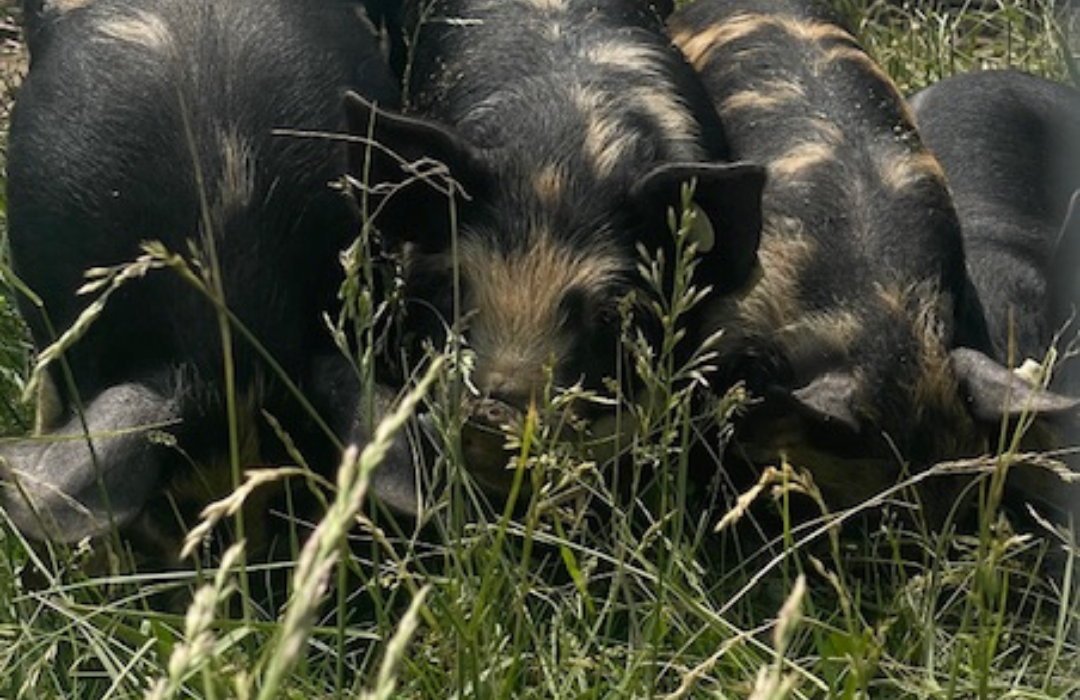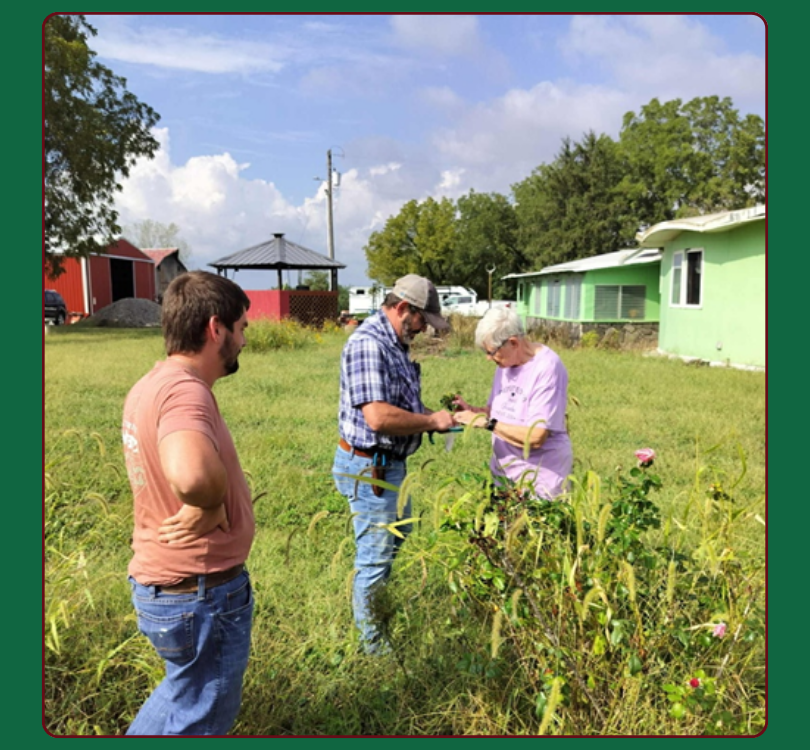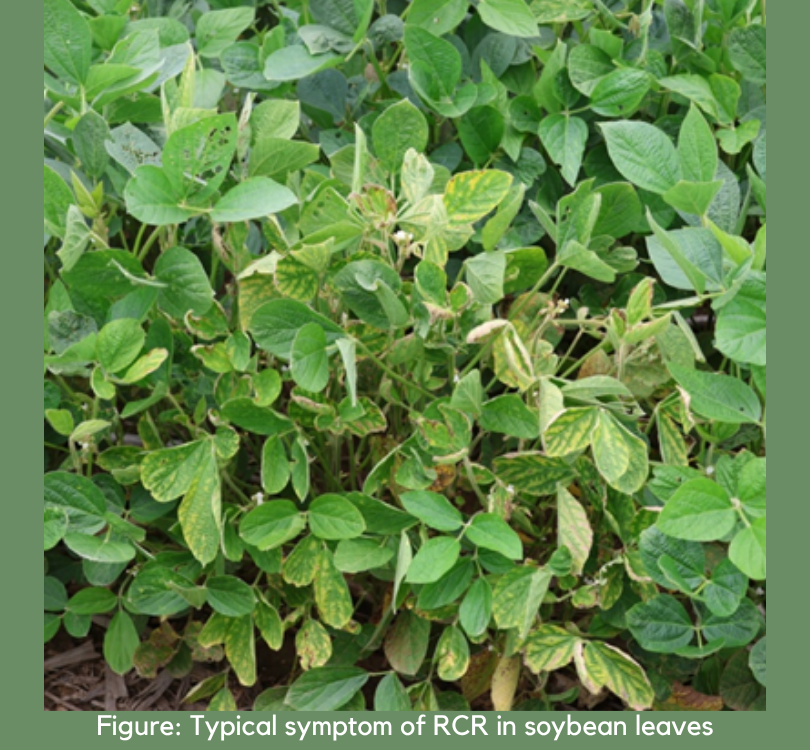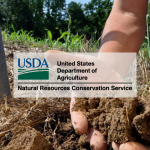
EQIP vs CSP: Which USDA Conservation Program Is Right for You?
June 2, 2025
Soil Fertility with Neal Kinsey
September 18, 2025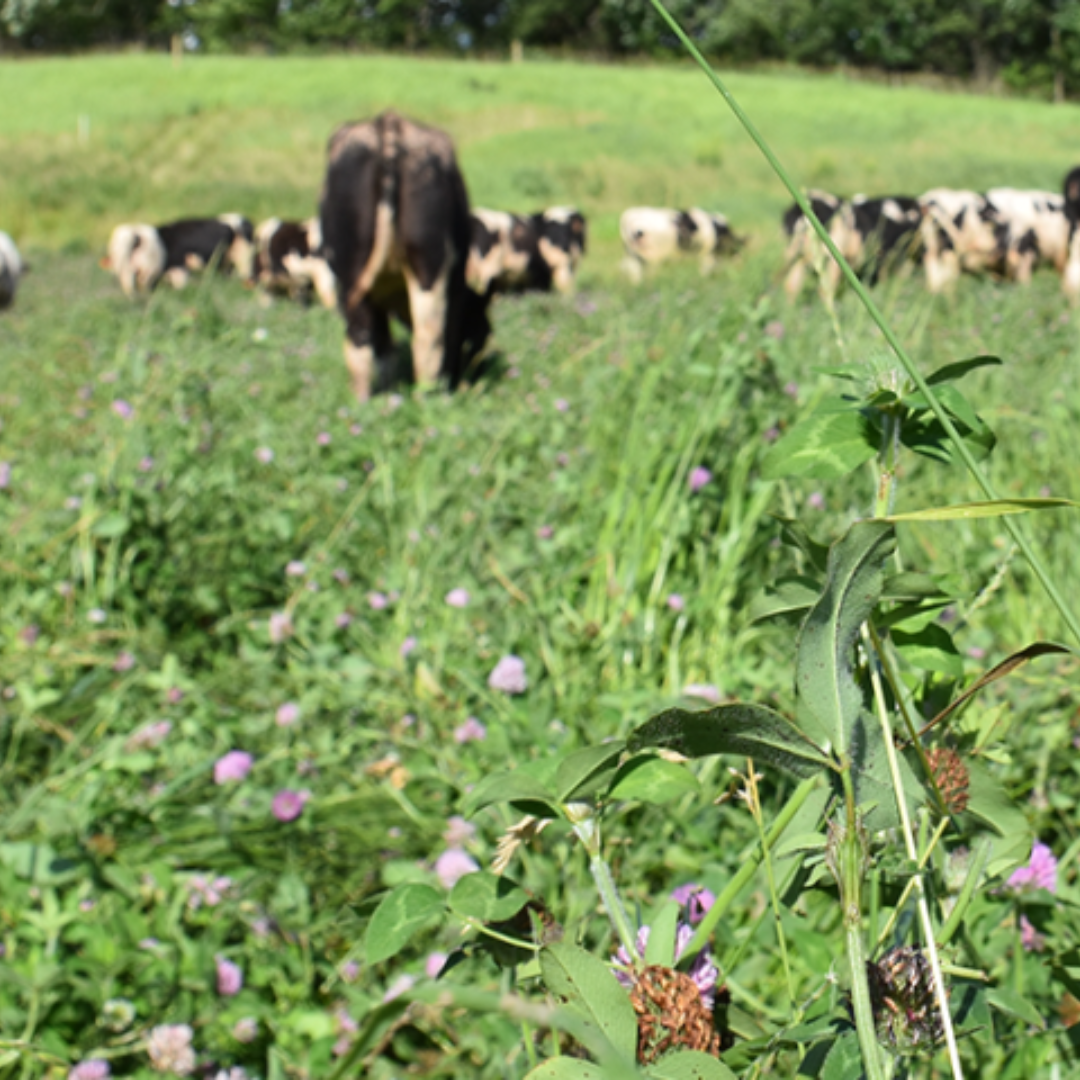

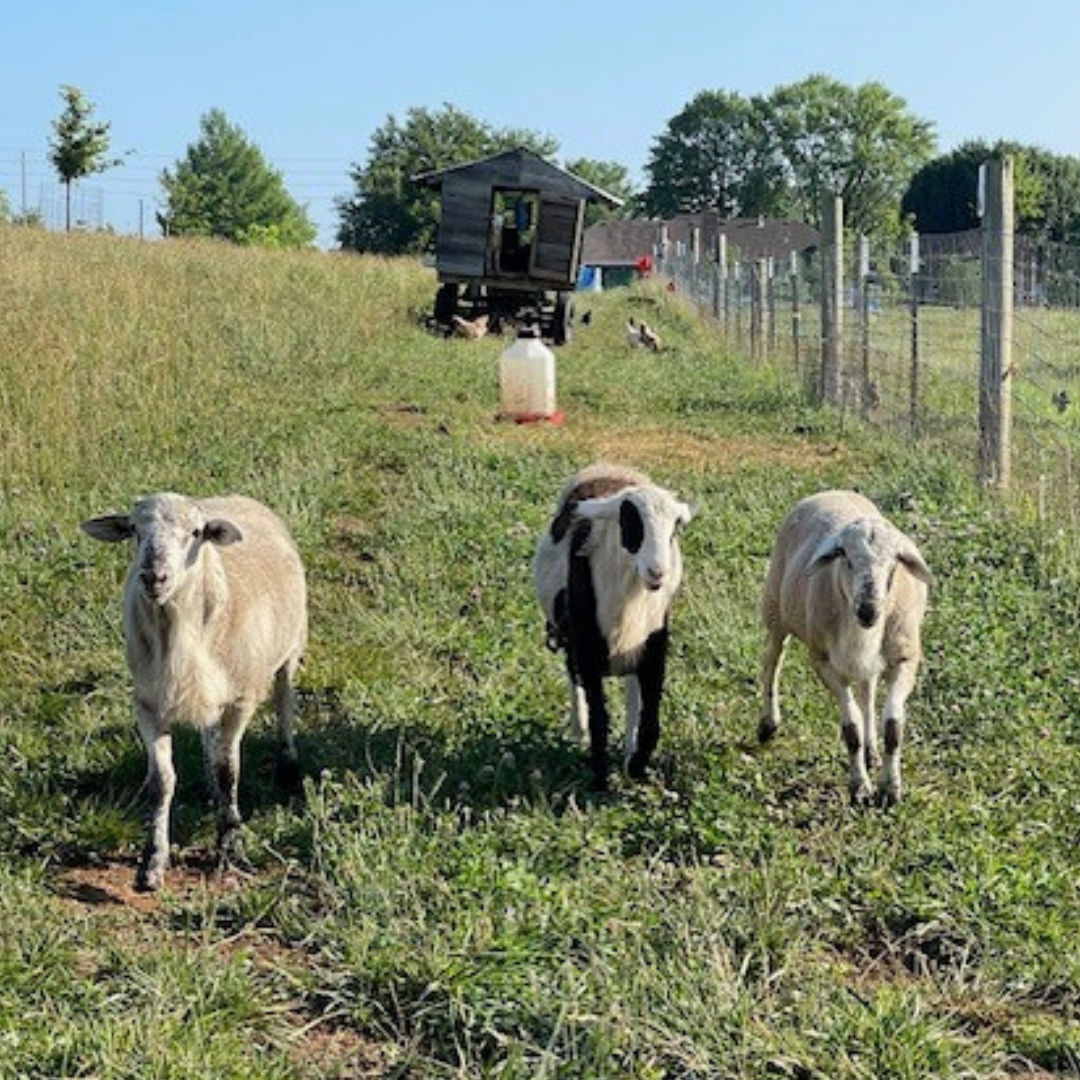
In the Midwest, raising livestock on pasture has long been rooted in tradition—but today’s successful grazers are combining those traditions with modern, regenerative approaches that improve both the land and ecosystem.
Historically, many grazing systems in the region have relied on cool-season, non-native grasses like tall fescue and orchard grass. These pastures perform well in the spring and fall but often leave a gap in forage production during summer months. However, new research and on-farm experiences are showing that diversifying pasture species and adopting management-intensive grazing methods can make a big difference.
What Is Regenerative Grazing?
Regenerative grazing is a principle-based farming practice that improves soil health by carefully managing livestock on both perennial and annual forages. This approach supports not only the well-being of the land and animals, but also human health, farm profitability, and the resilience of our food systems and rural communities. As a core strategy within regenerative agriculture, regenerative grazing goes beyond simply sustaining the land—it actively works to restore and revitalize ecosystems, farms, and the people connected to them. According to Dr. Allen Williams, a 6th generation family farmer and founding partner of Grass Fed Insights, LLC, and Understanding Ag, LLC “Regenerative grazing is grazing in a manner that allows us to be able to tap into the four ecosystem processes: to repair, rebuild, revitalize and restore ecosystem function”.
Key Principles of Regenerative Grazing
1. Rotational/Adaptive Grazing: Moving animals frequently between paddocks to prevent overgrazing and allow forage to regrow.
2. Rest and Recovery: Giving pastures sufficient time to recover after grazing helps build soil health and plant diversity.
3. High Stock Density (Short Duration): Grazing with more animals for shorter periods mimics the natural behavior of wild herbivores, which trample and fertilize the soil as they move.
4. Minimizing Bare Soil: Encouraging plant cover helps prevent erosion, retain moisture, and support soil microbes.
5. Integration with Soil Health Goals: It contributes to carbon sequestration, water infiltration, and increased biodiversity.
6. Grazing Cover Crops - A Profitable Opportunity: Another regenerative strategy gaining traction is grazing livestock on cover crops planted in row crop fields. This approach not only provides extra forage during key seasons but also adds fertility and structure to the soil—often reducing the need for synthetic inputs. For row crop producers looking to diversify, this can be a particularly profitable system, especially when integrated into a broader regenerative farming plan.
Why It Works
This style of grazing taps into a powerful natural cycle: animals graze, fertilize the ground through manure and urine, and then move on—allowing grasses and soil microbes to rebound. When pastures are allowed to recover, they come back stronger, with deeper roots, more plant diversity, and better forage quality.
How it Impacts Soil Health
Soil health is at the heart of any productive grazing system. By integrating a wider variety of pasture plants—such as legumes, warm-season grasses —farmers can enhance root structure, improve water retention, and support beneficial soil microbes. Pairing this plant diversity with rotational grazing (moving livestock frequently to allow pastures to rest and regrow) leads to healthier soils, more resilient pastures, and ultimately, better animal performance.
Benefits of Regenerative Grazing
Here’s what you can expect from implementing regenerative grazing on your farm:
- Healthier Soil: Grazing rotation improves soil structure, increases organic matter, and
boosts microbial life. - More Resilient Pastures: Deep-rooted plants improve water retention and make your
land more drought tolerant. - Better Livestock Performance: Diverse forage means better nutrition, and regular
movement mimics animals’ natural behavior. - Less Need for Inputs: Healthier soil and plants reduce the need for synthetic fertilizers
and herbicides. - Carbon Sequestration: Regenerative practices can help store carbon in the soil.
- More Productivity, Less Feed: While setting up a regenerative system may require an
initial investment—like installing low-cost electric fencing and portable water
systems—many farmers find it pays off quickly. With better-managed pastures, livestock
can graze for more days of the year, reducing the need to feed stored hay. That also
means less reliance on expensive equipment, fuel, and labor associated with feeding
during the non-growing season.
Educational Resources
The Center for Regenerative Agriculture at the University of Missouri offers workshops, field days, and online resources to support farmers in adopting regenerative grazing.
More information can be found HERE
Moving Forward
Regenerative grazing isn’t about flipping your operation overnight. It’s about gradually shifting toward practices that work with nature—not against it. By focusing on soil health, pasture diversity, and adaptive livestock movement, farmers across the Midwest are discovering that healthier land leads to healthier animals, stronger farms, and more resilient rural communities. In recent years, more farmers and ranchers are turning to regenerative grazing—not just as a way to raise healthier animals, but as a long-term strategy to build soil health, increase farm resilience, and improve the overall ecosystem.
Written By Dr. Swati Shrestha

- In the Midwest, raising livestock on pasture has long been rooted in tradition—but today’s successful grazers are combining those traditions with modern, regenerative approaches that improve both the land and ecosystem.
Historically, many grazing systems in the region have relied on cool-season, non-native grasses like tall fescue and orchard grass. These pastures perform well in the spring and fall but often leave a gap in forage production during summer months. However, new research and on-farm experiences are showing that diversifying pasture species and adopting management-intensive grazing methods can make a big difference.
What Is Regenerative Grazing?
Regenerative grazing is a principle-based farming practice that improves soil health by carefully managing livestock on both perennial and annual forages. This approach supports not only the well-being of the land and animals, but also human health, farm profitability, and the resilience of our food systems and rural communities. As a core strategy within regenerative agriculture, regenerative grazing goes beyond simply sustaining the land—it actively works to restore and revitalize ecosystems, farms, and the people connected to them. According to Dr. Allen Williams, a 6th generation family farmer and founding partner of Grass Fed Insights, LLC, and Understanding Ag, LLC “Regenerative grazing is grazing in a manner that allows us to be able to tap into the four ecosystem processes: to repair, rebuild, revitalize and restore ecosystem function”.
Key Principles of Regenerative Grazing
1. Rotational/Adaptive Grazing: Moving animals frequently between paddocks to prevent overgrazing and allow forage to regrow.
2. Rest and Recovery: Giving pastures sufficient time to recover after grazing helps build soil health and plant diversity.
3. High Stock Density (Short Duration): Grazing with more animals for shorter periods mimics the natural behavior of wild herbivores, which trample and fertilize the soil as they move.
4. Minimizing Bare Soil: Encouraging plant cover helps prevent erosion, retain moisture, and support soil microbes.
5. Integration with Soil Health Goals: It contributes to carbon sequestration, water infiltration, and increased biodiversity.
6. Grazing Cover Crops - A Profitable Opportunity: Another regenerative strategy gaining traction is grazing livestock on cover crops planted in row crop fields. This approach not only provides extra forage during key seasons but also adds fertility and structure to the soil—often reducing the need for synthetic inputs. For row crop producers looking to diversify, this can be a particularly profitable system, especially when integrated into a broader regenerative farming plan.
Why It Works
This style of grazing taps into a powerful natural cycle: animals graze, fertilize the ground through manure and urine, and then move on—allowing grasses and soil microbes to rebound. When pastures are allowed to recover, they come back stronger, with deeper roots, more plant diversity, and better forage quality.
How it Impacts Soil Health
Soil health is at the heart of any productive grazing system. By integrating a wider variety of pasture plants—such as legumes, warm-season grasses —farmers can enhance root structure, improve water retention, and support beneficial soil microbes. Pairing this plant diversity with rotational grazing (moving livestock frequently to allow pastures to rest and regrow) leads to healthier soils, more resilient pastures, and ultimately, better animal performance.
Benefits of Regenerative Grazing
Here’s what you can expect from implementing regenerative grazing on your farm:
- Healthier Soil: Grazing rotation improves soil structure, increases organic matter, and
boosts microbial life. - More Resilient Pastures: Deep-rooted plants improve water retention and make your
land more drought tolerant. - Better Livestock Performance: Diverse forage means better nutrition, and regular
movement mimics animals’ natural behavior. - Less Need for Inputs: Healthier soil and plants reduce the need for synthetic fertilizers
and herbicides. - Carbon Sequestration: Regenerative practices can help store carbon in the soil.
- More Productivity, Less Feed: While setting up a regenerative system may require an
initial investment—like installing low-cost electric fencing and portable water
systems—many farmers find it pays off quickly. With better-managed pastures, livestock
can graze for more days of the year, reducing the need to feed stored hay. That also
means less reliance on expensive equipment, fuel, and labor associated with feeding
during the non-growing season.
Educational Resources
The Center for Regenerative Agriculture at the University of Missouri offers workshops, field days, and online resources to support farmers in adopting regenerative grazing.
More information can be found HERE
Moving Forward
Regenerative grazing isn’t about flipping your operation overnight. It’s about gradually shifting toward practices that work with nature—not against it. By focusing on soil health, pasture diversity, and adaptive livestock movement, farmers across the Midwest are discovering that healthier land leads to healthier animals, stronger farms, and more resilient rural communities. In recent years, more farmers and ranchers are turning to regenerative grazing—not just as a way to raise healthier animals, but as a long-term strategy to build soil health, increase farm resilience, and improve the overall ecosystem.


